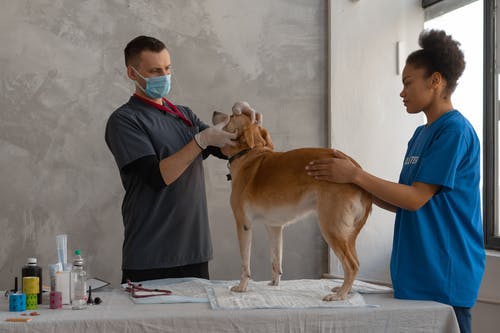
Preventing Dental Issues in Boarded Pets: Best PracticesPreventing Dental Issues in Boarded Pets: Best Practices
Pets are precious members of our families, so we want to ensure they get the best treatment possible. When boarding our pets, we often consider their safety, comfort, and wellness. However, one element of pet treatment typically overlooked is dental health.
Oral troubles in pets are typical and can result in discomfort, infection, and systemic conditions. As a result, boarding facilities need to prioritize preventative oral looking after their furry visitors.
Why Is Preventative Dental Care Important?
Preventative dental care is necessary for all pets; however essential for boarding pets. Cat boarding Orlando can be a demanding environment for pets, exacerbating existing oral problems or making them most likely to happen. This is particularly true for pets prone to anxiety or stress-related behaviors, such as eating things that can damage their teeth.
Dental problems in pets can go undetected for a long time because pets are experts at hiding their discomfort. As a result, routine teeth cleanings and check-ups are essential in identifying dental problems early before they become much more severe.
Preventative dental care can also considerably influence pets’ total health and well-being. Pain, infection, and even systemic diseases like kidney, liver, and heart can result from oral concerns. Boarding centers can aid in making sure that pets remain healthy and balanced, cozy, and satisfied while promoting good oral health and caring for any dental problems right away.
You can check websites like For more information.
Finest Practices for Preventive Dental Care in Boarding Facilities
There are numerous best techniques that boarding centers can carry out to provide the most effective dental take care for their furry guests:
- Educating Personnel to Recognize Dental Issues: The boarding facility team should get training on recognizing the indicators of dental problems in pets, including bad breath, swollen or bleeding gums, loosened or broken teeth, and difficulty eating or chewing.
- Providing Proper Dental Health Equipment and Materials: Boarding facilities must provide proper dental health devices and materials to pet owners, consisting of toothbrushes, toothpaste, and dental chews. This will encourage pet owners to preserve good oral hygiene for their pets while they are boarding.
- Routine Teeth Cleanings: Boarding facilities should provide regular teeth cleanings for pets through their in-house vet facility or by partnering with a local veterinarian. Routine cleanings will assist in removing plaque and tartar build-up, which can result in oral issues.
- Checking for Dental Issues: Boarding facility staff should monitor pets for any indications of oral problems and, without delay, report any issues to the pet owner and veterinarian.
Influence of Preventative Dental Treatment on Pets’ Health and Well-Being
By focusing on preventive dental look after boarded pets, boarding centers can considerably affect their furry guests’ general health and wellness. Regular teeth cleanings and examinations can find any dental issues early on before they get worse. This can lower the possibility of discomfort, infection, and systemic ailments, ultimately enhancing the pet’s quality of life.
Likewise, maintaining excellent oral hygiene can assist pets in feeling less stressed out and anxious, enhancing the high quality and comfort of their boarding experience. Boarding centers can motivate pet owners to exercise good dental hygiene while away from home by providing the necessary dental health tools and supplies.
You should find a reputable hospital for pets that will ensure your pet receives proper dental care and attention, reducing the risk of dental problems and related health issues. Additionally, regular visits to the veterinarian can help detect and treat any dental issues early on.
Conclusion
Preventative oral care is a vital component of caring for boarding pets. By promoting good oral hygiene and dealing with dental problems immediately, boarding centers can ensure that pets stay healthy, comfortable, and satisfied.

